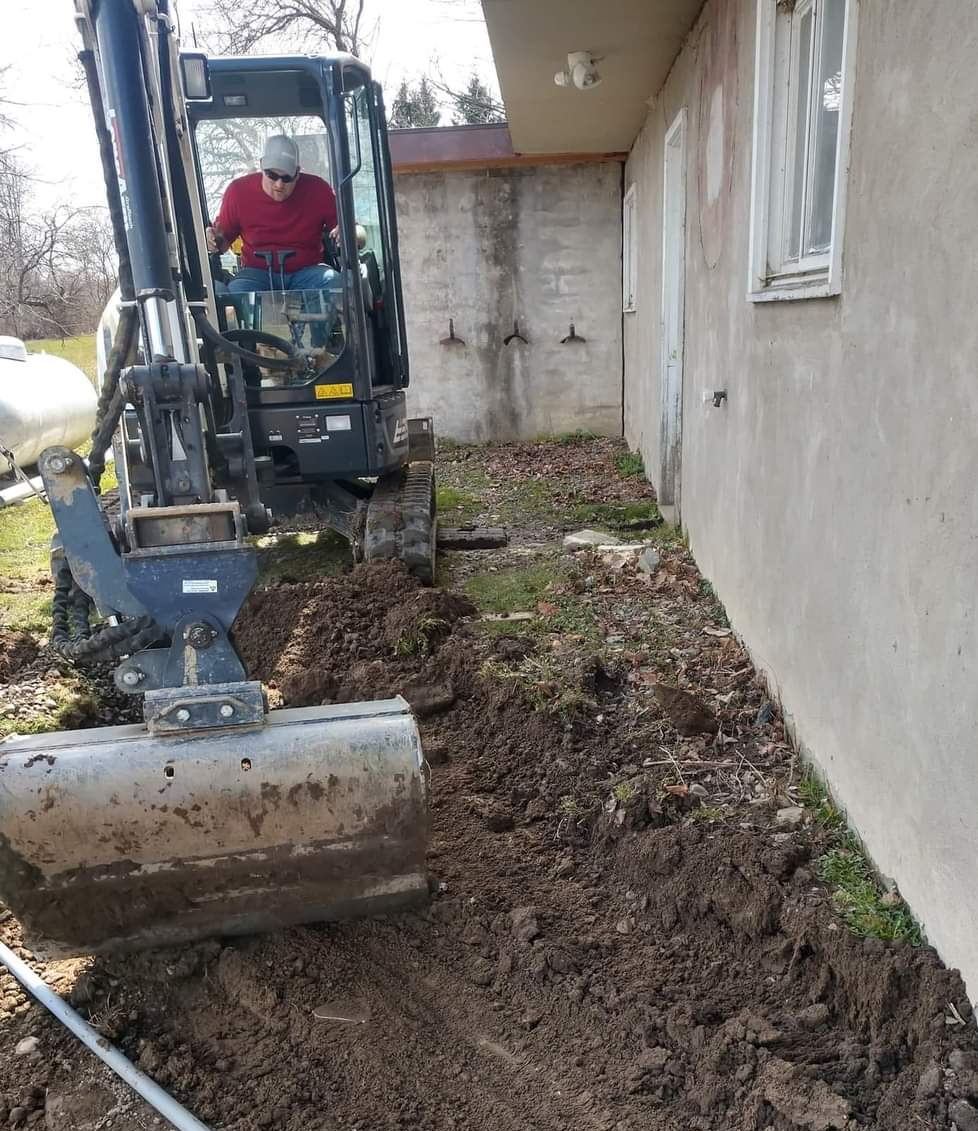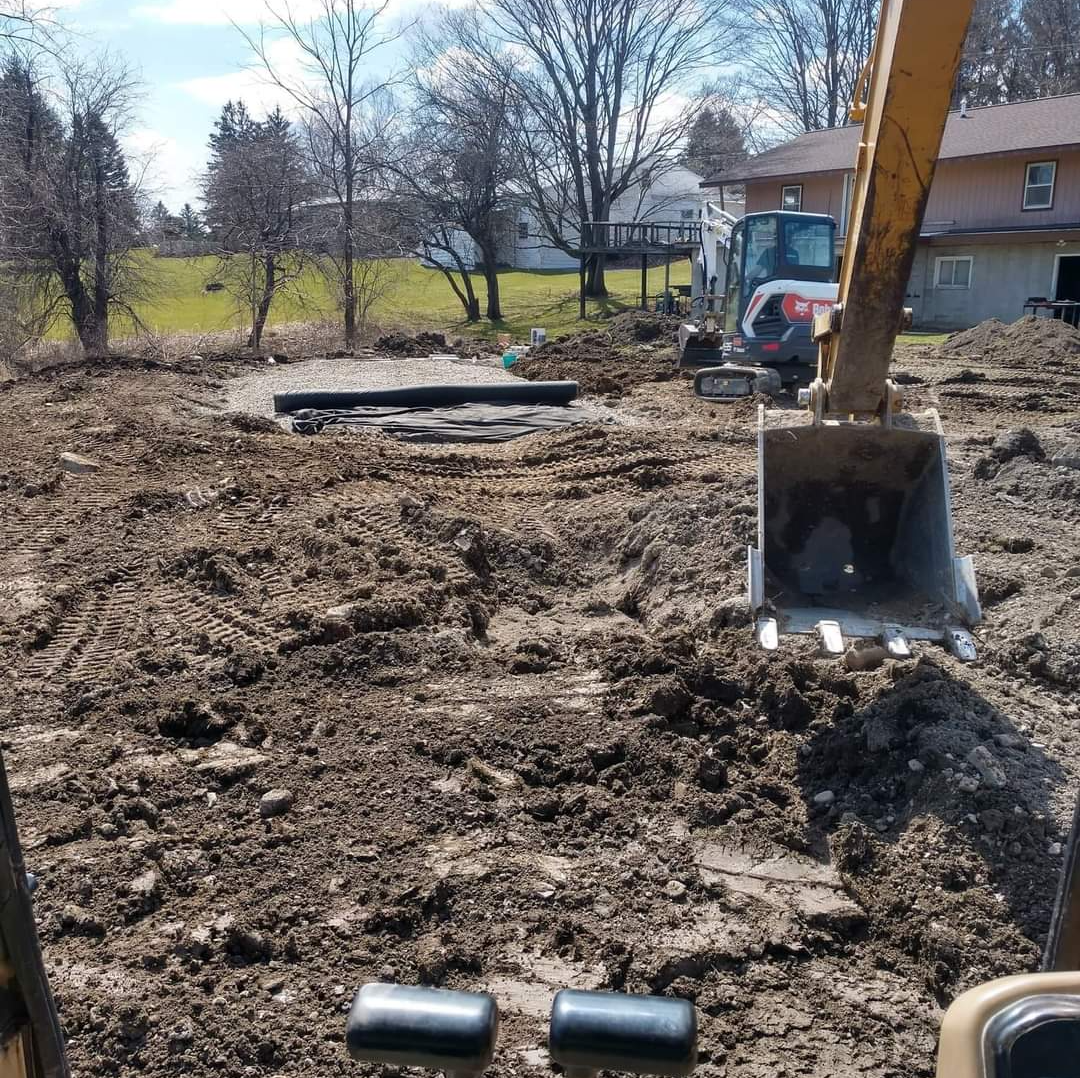We've been providing excellent service as
Basement Excavation Contractors
...for over 20 years!
What is Basement Excavation?
Basement excavation is the process of preparing a basement for construction by removing rock and soil layers, as well as any existing structural supports in the basement area.
This typically involves carefully cutting away at the ground with specialized tools and heavy machinery, such as backhoes or bulldozers.
Throughout the process, it is important to keep track of any existing utilities that may be affected by basement excavation, such as gas lines or power cables. Once the basement construction is complete, basement excavation contractors help to renovate the space by installing insulation, pipework, and other fixtures as needed.
Ultimately, basement excavating is a complex and labor-intensive process that helps to create a functional space for a variety of purposes.
Basement Excavating Company
In the realm of home construction, basement excavation stands as a pivotal step, forming the foundation upon which the entire structure rests. D R Excavation, with years of expertise, specializes in this crucial process. Collaborating closely with engineers, we meticulously ensure that basement levels align with project specifications.
At the core of any basement excavation lies thorough planning and preparation. Our contractors, in tandem with other tradespeople, assess existing foundation supports, scrutinize soil conditions, and address drainage needs.
Armed with specialized tools and techniques tailored to specific basement construction types, we execute the project. The outcome? A secure and compliant basement space, meeting all safety standards for your peace of mind.
Foundation Excavation
Foundation excavation is the fundamental process of preparing an area for constructing a basement or extending an existing one. This entails digging down to the desired basement level, clearing debris, and managing excess soil.
Various physical factors impact the construction site, including slope and soil stability, influencing utility placement, foundation design, and project timing and budget. Safety considerations, such as protecting against falling material, are also paramount.
Addressing logistical aspects involves obtaining permits and approvals, considering community input, and navigating unforeseen challenges like weather or ground shifts during construction. Mindful consideration of these factors is essential for the success of an excavation project, ensuring a seamless process from initiation to completion.
5 Most Common Methods
Common methods for home basement excavation include traditional open excavation, benching, sloping, shoring, and caisson foundation, each tailored to specific needs.
FAQ's About Basement Excavation
Contact Us Today For A Free Quote
Our company has years of experience in excavating all sorts of land, from small residential properties to large commercial ones. We have the equipment and manpower to get the job done quickly and efficiently.
Contact us today to get started on your project!


